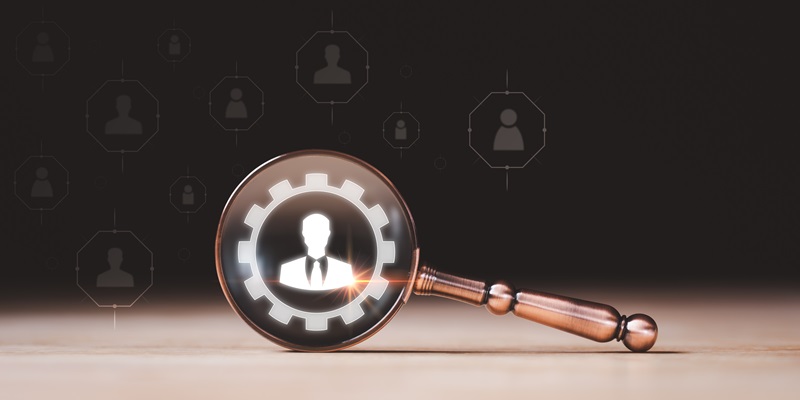In the realm of digital transformation, where rapidly evolving technologies and artificial intelligence (AI) are revolutionizing business operations, one might presume the primary drivers of change to be solely rooted in Information Technology (IT). However, this presumption overlooks a critical dynamic: the transformation aspect that transcends the digital, primarily driven by the human-centric approach of Human Resources (HR). An insightful report by McLean & Company sheds light on this evolving paradigm, emphasizing how HR’s human-focused expertise is paramount in navigating the intricacies of digital transformation. Beyond the technological advancements, the success of these initiatives is deeply entwined with managing the human element, including addressing potential challenges such as employee overexertion, burnout, and disengagement, which could otherwise cripple the initiatives’ success.
HR’s role in strategy planning and the implementation of digital transformation has often been underrepresented, relegated to the background in discussions historically dominated by technological concerns. Yet, in this next phase characterized by AI and advanced technologies, HR’s involvement is indispensable. HR must collaborate closely with IT and organizational leaders to ensure that the people-related implications of these technologies are neither overlooked nor underestimated. The integration of AI and other advanced tools demands a comprehensive understanding of their impact on employees—an area where HR shines. HR professionals do not need to acquire deep technological expertise but must possess sufficient knowledge to liaise effectively with IT and offer insightful contributions concerning the human impact.
The Evolving Role of HR in Digital Transformation
Traditionally, digital transformation has been seen predominantly through a technological lens, often marginalizing HR due to perceived technological incompetence. However, the contemporary digital landscape demands a shift from a purely technology-driven strategy to one that capitalizes on human creativity and potential through technology. This paradigm shift places employees and their engagement at the core of transformation efforts, thereby thrusting HR to the forefront. HR is now tasked with creating environments conducive to innovation, ensuring workloads are balanced to prevent burnout, and fostering a culture that embraces change and technological advancements.
The ability of HR to adapt and expand its technological comfort zone by assessing skill gaps and seeking continuous learning opportunities is critical for fostering strong collaboration with IT. This joint effort is essential in building a culture that is not only supportive of transformation but also resilient against its potential disruptive impacts. As stewards of company culture, HR professionals are uniquely positioned to identify and nurture cultural elements that either facilitate or hinder transformation initiatives. Addressing these cultural facets—whether it be promoting innovation, equitably managing the impacts of technological changes, or safeguarding against employee burnout—is integral to sustaining the momentum of digital transformation.
Building a Collaborative Framework for Success
In the world of digital transformation, where rapid technological advancements and AI are transforming business operations, it’s easy to assume that IT is the main driver of change. However, this view misses a crucial element: the human-centric aspect led by Human Resources (HR). McLean & Company’s insightful report highlights this evolving paradigm, stressing HR’s critical role in navigating the complexities of digital transformation. Technological progress is essential, but the success of these initiatives hinges on managing the human factor, such as preventing employee overexertion, burnout, and disengagement, which could otherwise derail these efforts.
HR’s role in strategy and implementation of digital transformation has often been underestimated, overshadowed by technological priorities. However, in this era of AI and advanced tech, HR’s participation is crucial. HR must work closely with IT and organizational leaders to address the human implications of these technologies. While HR professionals don’t need deep tech knowledge, they must understand enough to effectively collaborate with IT and contribute valuable insights on the human impact. This partnership ensures a balanced and successful digital transformation.

